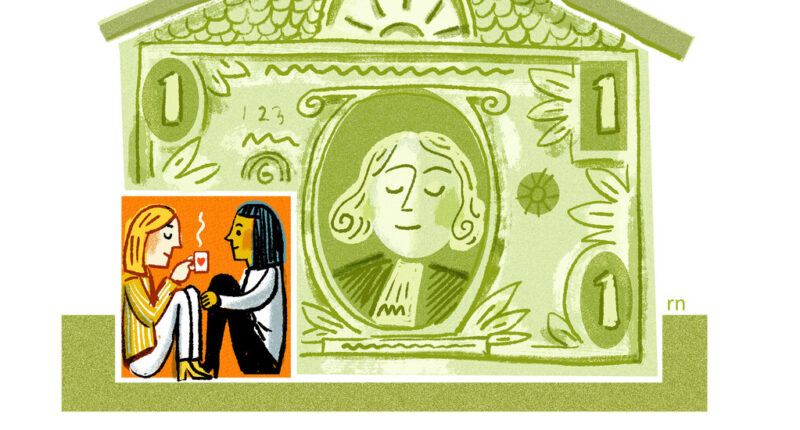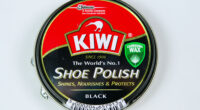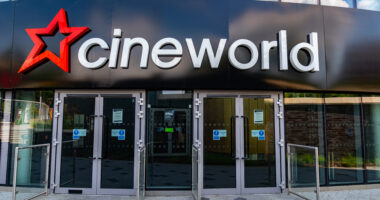
Freddie Mac and Fannie Mae. They offer several low-down-payment options through lenders, both under their standard loan programs and those tailored to first-time buyers and lower- and middle-income households. Most of their programs permit down payments as low as 3 percent to qualifying borrowers, slightly lower than F.H.A. loans.
And within the past year or so, both Fannie and Freddie have begun allowing lenders to judge many prospective borrowers using a wider lens. They can, for example, give points to loan applicants who have kept a positive cash balance in a checking account over time, or who have a good track record for paying rent on time. “All of those get factored into the evaluation,” said Danny Gardner, a senior vice president of client and community engagement in Freddie Mac’s single-family division.
The various programs cater to different groups. Freddie Mac’s HomeOne mortgages permit down payments as low as 3 percent only when at least one borrower is a first-time home buyer. (Many governmental programs define this as someone who hasn’t owned a residential property in at least three years.) And the program has no minimum credit score.
Freddie’s Home Possible program is similar, but it’s geared to all lower-income borrowers — those who earn 80 percent or less of their area’s median income. The program waives fees usually charged to people with lower credit scores and mortgage insurance usually costs less.
Family gifts are permitted to cover part or all of the down payment on a primary home, closing costs, or to put into a bank account after closing to ensure the borrower has money on hand for an emergency — as long as you can show you don’t need to pay it back. Both Freddie’s HomeOne and Home Possible programs are designed to allow borrowers to receive down payment assistance from other programs run by states, cities or local organizations.
Fannie’s version, called its HomeReady program, allows buyers to put down as little as 3 percent and may result in lower monthly payments compared with its standard mortgages. It puts a ceiling on income (no more than 80 percent of the property area’s median) but it accepts people with credit scores as low as 620. It generally permits gifts, too.
Marc Hernandez, president at Alterra Home Loans, which caters to first-time Hispanic home buyers, said that lower- to middle-income borrowers often fare better with products like HomeOne or HomeReady compared with the standard loans backed by Fannie or Freddie, or those offered through the F.H.A. “Their qualifications are a little tougher than an F.H.A. in terms of debt-to-income and credit score,” he said, “but the loan terms tend to be a little more favorable than an F.H.A. mortgage.”
Source: | This article originally belongs to Nytimes.com









